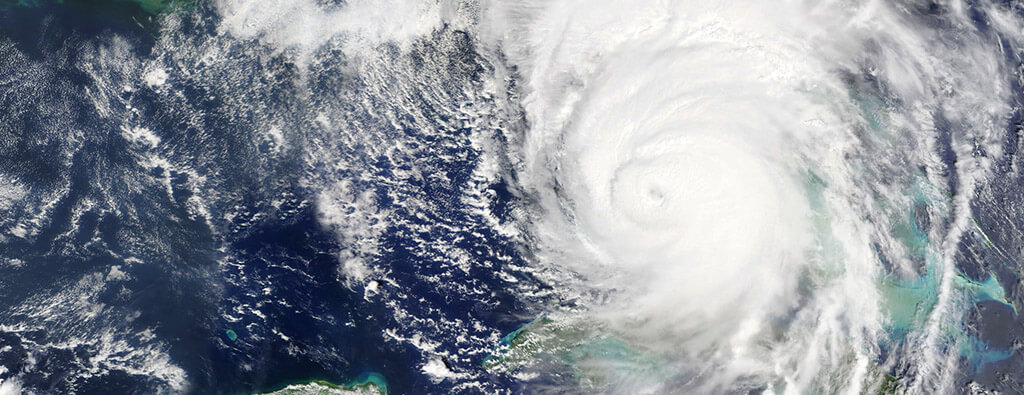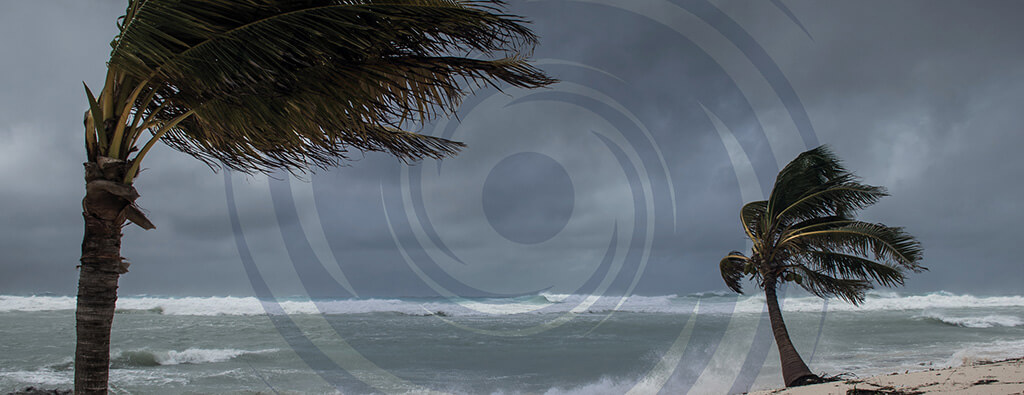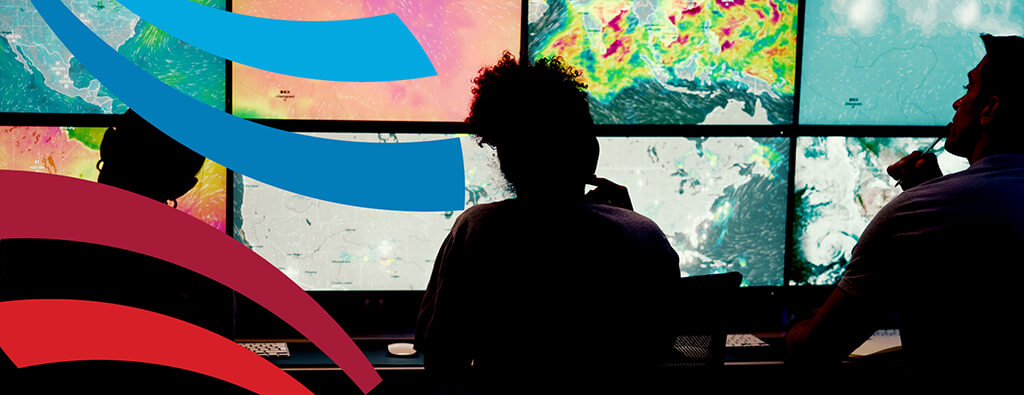Hurricane Irma was one of the most devastating storms in history, leaving a lasting impact on the areas it touched.
This article details Hurricane Irma’s development, path, category strength, and far-reaching effects on communities and infrastructure.
We’ll also address frequently asked questions about the event and reflect on lessons learned from Hurricane Irma’s impact.
When Did Hurricane Irma Form?
Hurricane Irma formed from an African easterly wave, a weather phenomenon linked to the development of tropical storms.
Here’s a quick timeline of its development:
- Formation Date: Irma became a tropical storm on August 30, 2017 about 420 miles west of the Cabo Verde Islands.
- Hurricane Status: It quickly strengthened to a Category 1 hurricane by August 31, 2017.
- Peak Intensity: Between September 5 and September 6, Irma achieved sustained winds of 185 mph, reaching Category 5 status.
Path of 2017 Hurricane Irma

Hurricane Irma impacted numerous countries before making landfall in the United States.
Below is a detailed timeline of Irma’s movement from formation to dissipation:
Timeline of Hurricane Irma
- August 30: Tropical Storm Irma forms in the eastern Atlantic.
- August 31: Irma intensifies to a hurricane.
- September 6: Irma strikes the northern Leeward Islands as a Category 5 hurricane, with catastrophic winds of 185 mph.
- September 8: The storm skirts along the northern coast of Cuba, weakening to Category 3.
- September 10: Irma strengthens to Category 4 before making its first U.S. landfall in Florida. Its second U.S. landfall occurred later that day as a Category 3 hurricane with winds of 115 mph.
- September 13: Irma dissipates over the southeastern United States.
When Did Hurricane Irma Hit Florida?
Hurricane Irma made its first U.S. landfall as a Category 4 storm at Cudjoe Key in the Florida Keys on the morning of September 10, 2017, around 9:10 am ET. At the time, it had sustained winds of 130 mph (113 knots) and a central pressure of 931 millibars.
Later that same day, Irma made its second U.S. landfall on Marco Island in southwest Florida as a Category 3 hurricane, with winds of 115 mph (100 knots) and a central pressure of 936 millibars.
Although Irma weakened after its second landfall, it had already caused widespread devastation across the Caribbean, where it made multiple landfalls as one of the most powerful Atlantic hurricanes on record.
What Category Was Hurricane Irma?
Hurricane Irma was a Category 5 hurricane at its peak, with maximum sustained winds of 185 mph. It maintained this strength for 37 hours, longer than any other cyclone in the satellite era.
By the time Irma reached Florida, it had weakened slightly but maintained dangerous Category 4 and Category 3 statuses during its landfalls.
Impacts of Hurricane Irma

Hurricane Irma caused widespread devastation across its path, impacting lives, homes, and infrastructure and stressing local resources.
Below, we break down Irma’s effects in terms of wind speeds, storm surge, flooding, rainfall, and secondary tornado activity.
Wind Speeds and Pressure
- Peak Wind Speeds: Irma’s highest recorded gust in the U.S. reached 142 mph at Naples Municipal Airport during its Florida landfall. Sustained winds in certain areas, including Marco Island, reached Category 3 strength, causing significant damage to structures and vegetation.
- Pressure: Irma’s minimum central pressure dropped to 914 millibars, confirming its exceptional strength.
Storm Surge and Flooding
Storm surge caused catastrophic flooding in coastal areas during Hurricane Irma, with significant inundation levels recorded across Florida.
- Florida Keys: Irma caused maximum inundation levels of 5 to 8 feet above ground in parts of the Lower Florida Keys, with the highest recorded levels near Cudjoe Key, Big Pine Key, and Bahia Honda Key.
- Southwestern Florida: Naples experienced a peak water level of 4.25 feet, with other areas in Marco Island and Ft. Myers seeing 3 to 5 feet of inundation. Water levels initially receded due to offshore winds before rising rapidly, as much as 9 feet, when winds shifted onshore.
- Florida East Coast: Levels of 4 to 6 feet were recorded along Biscayne Bay, with downtown Miami experiencing flooding caused by a combination of storm surge, rainfall, and urban runoff.
- Florida Central West Coast: Inundation levels of 1 to 2 feet were reported from north of Charlotte Harbor to Apalachee Bay, with Tampa Bay experiencing temporarily dry areas due to receding water levels before returning to normal.
- Other States: Hurricane Irma’s vast wind field also caused storm surge flooding as far as Georgia and South Carolina, with inundation levels of 3 to 5 feet in many areas.
Rainfall Totals
Hurricane Irma brought heavy rainfall across Florida, the Keys, and parts of the southeastern United States, leading to significant flooding in many areas.
Here are some key rainfall statistics and impacts:
- Florida Peninsula: Rainfall totals of 10 to 15 inches were common, with a maximum of 21.66 inches reported near Ft. Pierce in St. Lucie County from September 9 to 12.
- Northern Florida Rivers: Major or record flood stages were reported in Bradford, Clay, Marion, Flagler, Duval, Putnam, St. Johns, Nassau, and Alachua counties.
- Florida Keys: Recorded heavy rainfall of 6 to 10 inches, contributing to significant flooding.
- Georgia: Coastal areas, including St. Simon’s Island and along the Satilla River, saw 5 to 10 inches of rain, with a maximum of 10.34 inches in Brantley County.
- South Carolina: Rainfall totals ranged from 3 to 9 inches, with a maximum of 9.07 inches in Beaufort.
- Alabama and North Carolina: Even after weakening, Irma produced up to 5 inches of rain in Alabama and nearly 6 inches in the mountains of western North Carolina.
The heavy rains caused widespread flooding of streets, homes, and rivers, leading to numerous rescues and significant impacts across the region.
Tornado Activity
Hurricane Irma produced 25 confirmed tornadoes, including 21 in Florida and 4 in South Carolina. Of these, 3 were rated EF-2, 15 were EF-1, and 7 were EF-0. Most of the tornadoes occurred along the east coast of central and northern Florida.
One EF-2 tornado struck Mims, Florida, with winds of 115 to 125 mph (100 to 110 knots), causing severe roof damage to numerous homes and uprooting many trees. Another EF-2 tornado hit Crescent Beach, Florida, with peak winds of 109 to 132 mph (95 to 115 knots), resulting in significant structural damage to vacation rentals.
A third EF-2 tornado touched down in Polk City, Florida, knocking down seven high-power transmission poles.
Among the EF-1 tornadoes, one traveled through Miramar, causing tree and roof damage. Another EF-1 tornado in St. Augustine caused significant damage to a cemetery, while an EF-1 on Merritt Island damaged homes and a church with winds of 98 to 109 mph (85 to 95 knots).
In South Carolina, the strongest tornado from Irma was an EF-1 in John’s Island, which caused home and tree damage along a 0.5-mile path.
Frequently Asked Questions About Irma
Was Hurricane Irma Declared a Federal Disaster?
Yes, on September 10, 2017, a federal disaster declaration was issued for Florida, making federal resources available for recovery efforts.
How Did Hurricane Irma Develop?
Irma developed from a tropical wave off the African coast, strengthening quickly under favorable atmospheric conditions.
What Was the Strength of Hurricane Irma?
At its peak, Hurricane Irma was a Category 5 storm with sustained winds of 185 mph, maintaining this intensity for over 37 hours.
What Were the Impacts of Hurricane Irma?
The impacts of Hurricane Irma included widespread wind damage, catastrophic flooding, and power outages affecting 65% of Florida households and businesses.
When Did Hurricane Irma Hit Florida?
Hurricane Irma made its first landfall in Florida on September 10, 2017, in the Florida Keys.
Lessons Learned from Irma
Hurricane Irma highlighted the importance of hurricane preparedness and resilience for both individuals and organizations.
Organizations operating in hurricane-prone areas should revisit their disaster recovery plans regularly, ensuring they are resilient enough to withstand challenges such as extended power outages and supply chain disruptions.
Hurricane Irma serves as a reminder of the power of nature and the need for communities and governments to work together to mitigate risks. Preparing today could save lives and property in future events.
To learn more about disaster recovery and preparation for hurricanes, reach out today.



